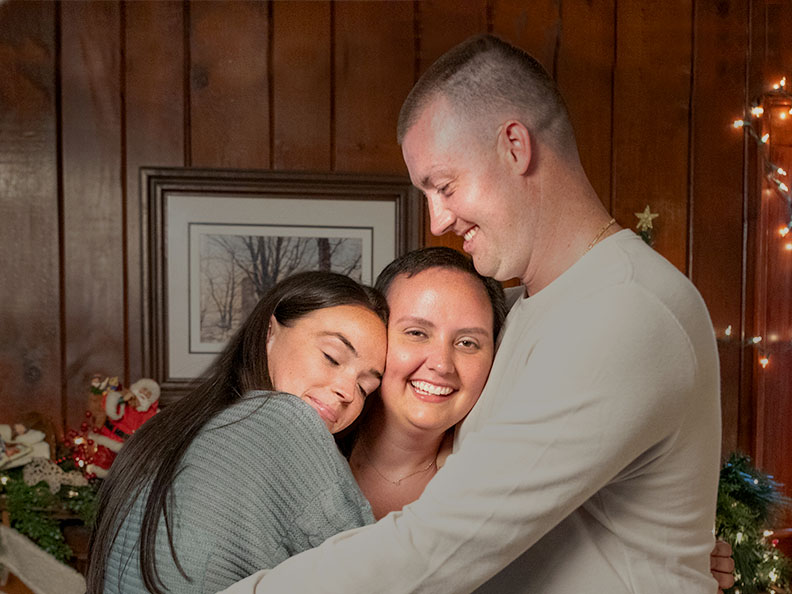Your gift is 100% tax deductible
Surgery for Childhood Leukemia
Surgery has a very limited role in treating childhood leukemia. Because leukemia cells spread widely throughout the bone marrow and blood, it is not possible to cure this type of cancer with surgery. Aside from a possible lymph node biopsy, surgery rarely has any role in diagnosing leukemia, since this is usually done with a bone marrow aspirate and biopsy.
Placing a central venous catheter
Often before chemotherapy starts, a procedure is done to place a small plastic tube, called a central line (also known as a central venous catheter (CVC) or venous access device (VAD)), into a large blood vessel.
A central line is similar to an IV in the hand or arm, but central lines are bigger and can stay in the body for months. Central lines can make getting chemo and blood draws easier and less painful. It lowers the number of needlesticks needed during treatment. The health care team will teach you how to care for your child’s central line to reduce the risk of problems, such as infection.
More information about surgery
For more general information about surgery as a treatment for cancer, see Cancer Surgery.
To learn about some of the side effects listed here and how to manage them, see Managing Cancer-related Side Effects.
- Written by
- References

Developed by the American Cancer Society medical and editorial content team with medical review and contribution by the American Society of Clinical Oncology (ASCO).
Fu AB, Hodgman EI, Burkhalter LS, Renkes R, Slone T, Alder AC. Long-term central venous access in a pediatric leukemia population. J Surg Res. 2016;205(2):419-425
Gonzalez G, Davidoff AM, Howard SC, et al. Safety of central venous catheter placement at diagnosis of acute lymphoblastic leukemia in children. Pediatr Blood Cancer. 2012;58(4):498-502.
Last Revised: July 22, 2025
American Cancer Society medical information is copyrighted material. For reprint requests, please see our Content Usage Policy.
American Cancer Society Emails
Sign up to stay up-to-date with news, valuable information, and ways to get involved with the American Cancer Society.



